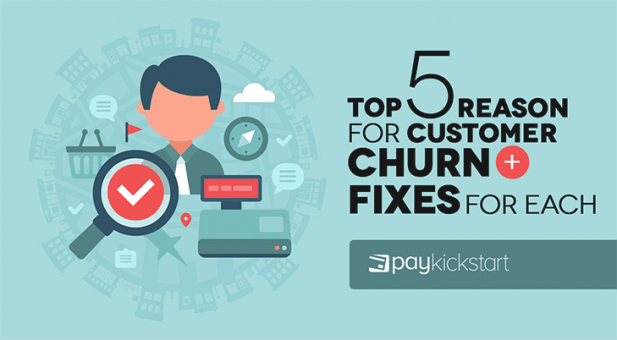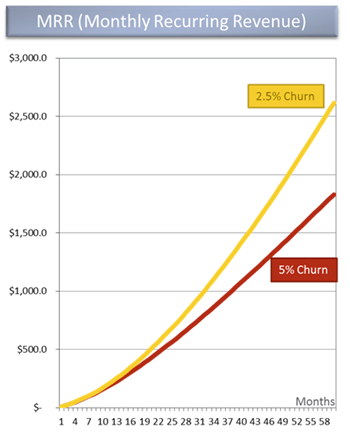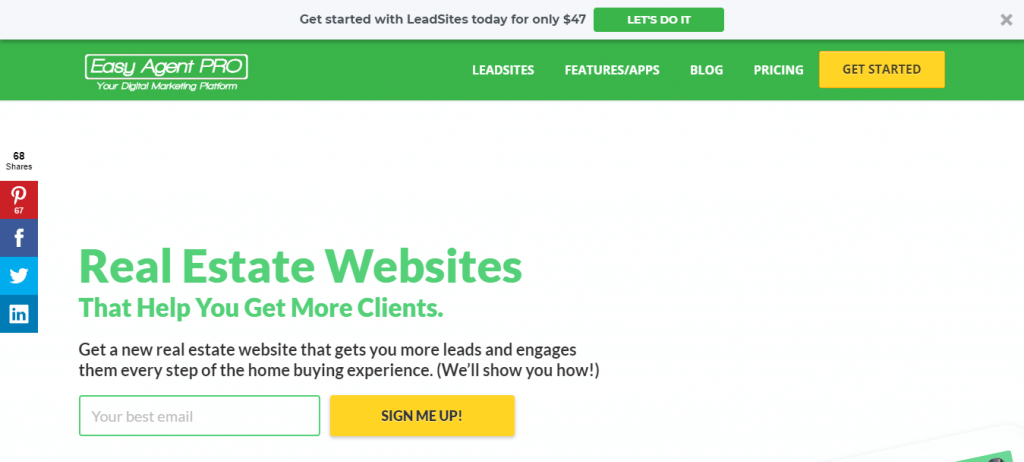Subscription growth hack (by PayKickstart)
Facebook Group - 3,932 members
Visit Group
No matter how good your product is, people will leave.
If you’re unable to get customer churn under control you’ll have to work harder and harder to stay afloat. It’ll be even more difficult to increase your saas revenue over time.
The image below shows how relatively low churn can affect your earning potential over time.

.
It’s a silent killer.
If churn is high then reducing it should be your top priority.
This article focuses on the main reasons for customer churn and strategies you can use to reduce or eliminate it.
There are two types of churn:
Revenue churn looks at how much money you’re losing over a specific period of time. For example, revenue churn would be expressed as 2% of the total MRR lost in the last 30 days.
Customer churn looks at the percentage of customers who’ve stopped using your products in a specific time frame. It could be expressed as 5% of total customers lost in the last 30 days.
Customer relationships are just like romantic relationships. They have many ups and downs that are peculiar to the relationship itself.
The causes of churn are varied and unique to every situation but they can be placed in five major categories.
Onboarding is an important part of the customer experience and plays a critical role in making sure they stick around.
A customer signs up for your application and tries to figure out how to use it. It’s important they get to their first success milestone with your product as soon as possible.
With PayKickstart, that would be setting up their first checkout flow or sales funnel and processing a payment. This creates positive associations with your product and encourages them to continue using it.
If this first success doesn’t come quickly, new users will be dissatisfied and go looking for software which better helps them achieve their goals.
The first step in reducing this type of churn is figuring out what your customers consider a success. After that, you’re able to design an onboarding process that leads them to this point.
There are a number of ways to accomplish this:
Getting this process right isn’t a one day job. It requires a goal, a plan of action, and consistent execution.
When PayKickstart was struggling with churn, we implemented many things such as the 14-day Sellers Bootcamp and other initiatives that consistently reduced churn. We’re still working on it.
Get this process right to reduce the number of new customers that churn.
There’s nothing worse than running into a problem with an application, sending a support request, and getting a reply after 3 business days.
Saas companies are unique because, in most cases, the customer contract is renewed every month. Customer support is built into the core of the product. In fact, I’ll go as far as saying your core competency is customer service.
Few things will make your customers churn as quickly as a poor customer service experience. It makes them feel unimportant and casts doubts as to whether you’ll be there when a mission-critical problem occurs.
There’s a straightforward fix for this problem. Stop looking at customer support as a cost center and instead think of it as a profit center. When you deliver exceptional customer service, people talk.
They tell their friends, write reviews, and stick around.
Here are a few things you can use to improve customer support to consider:
Software is always evolving. If you’re the go-to software today, that can change when a newer competitor springs up with a killer feature. While people may not switch in a month, they will leave you if you fail to implement the features your competition is putting out.
There are two ways to keep this type of customer churn under control. The first one is to get your customers to the first success milestone as quickly as possible. That way, they’ll have no reason to choose the competition.
The second method is to keep an eye on what’s happening in your market and quickly implement new features. At the same time, you can position yourself as the solution for a specific niche.
Easy Agent Pro took this route by becoming the website and marketing solution for real estate agents.

This isn’t as common as you may think. Most products perform their core features fairly well and as long as you’re responsive with bug fixes, people will give you a chance.
What isn’t negotiable are extended periods of downtime. If your application is something people use in their daily workflow, it can be a problem when it’s down as often as it’s up.
We use Basecamp and Skype to plan content and communicate with everyone on the team. If those apps are down all the time then we’d have no choice but to switch.
If your app is experiencing a lot of problems, it’s important to tackle them head on. Acknowledge that you’ve been having issues and let people know you’re working hard to produce a quick fix.
After you say that, turn around and produce a quick fix. Actions speak louder than words.
Not all customers are created equally.
Some people will abuse your app and try to fit it into use cases it wasn’t intended for. These are the wrong customers. When they don’t get value out of it they churn and spread bad news about you.
Avoid them at all costs.
Get clear on who you’re building your products for and create messaging that speaks to them and only them. If you’re having trouble finding out what your ideal customer looks like, send out surveys to people who’ve stuck around the longest or give you high NPS scores.
Ask them what they find valuable about your product or what problem they’re using it to solve.
Use those insights to target the right people.
Customer churn comes in many shapes and sizes. If you’ve had this problem then you know exactly how detrimental it can be to the growth of your business.
This article has looked at the most common reasons why customers churn and fixes you can implement to get it under control.
Let me know what you think about customer churn in the comments and don’t forget to share.
Daniel Ndukwu is a regular contributor to the PayKickstart blog. He has extensive experience with online businesses, conversion optimization, and subscription revenue models. When he's not writing insightful content, he works with other entrepreneurs to help them grow their bottom line.
Read More About Daniel Ndukwu